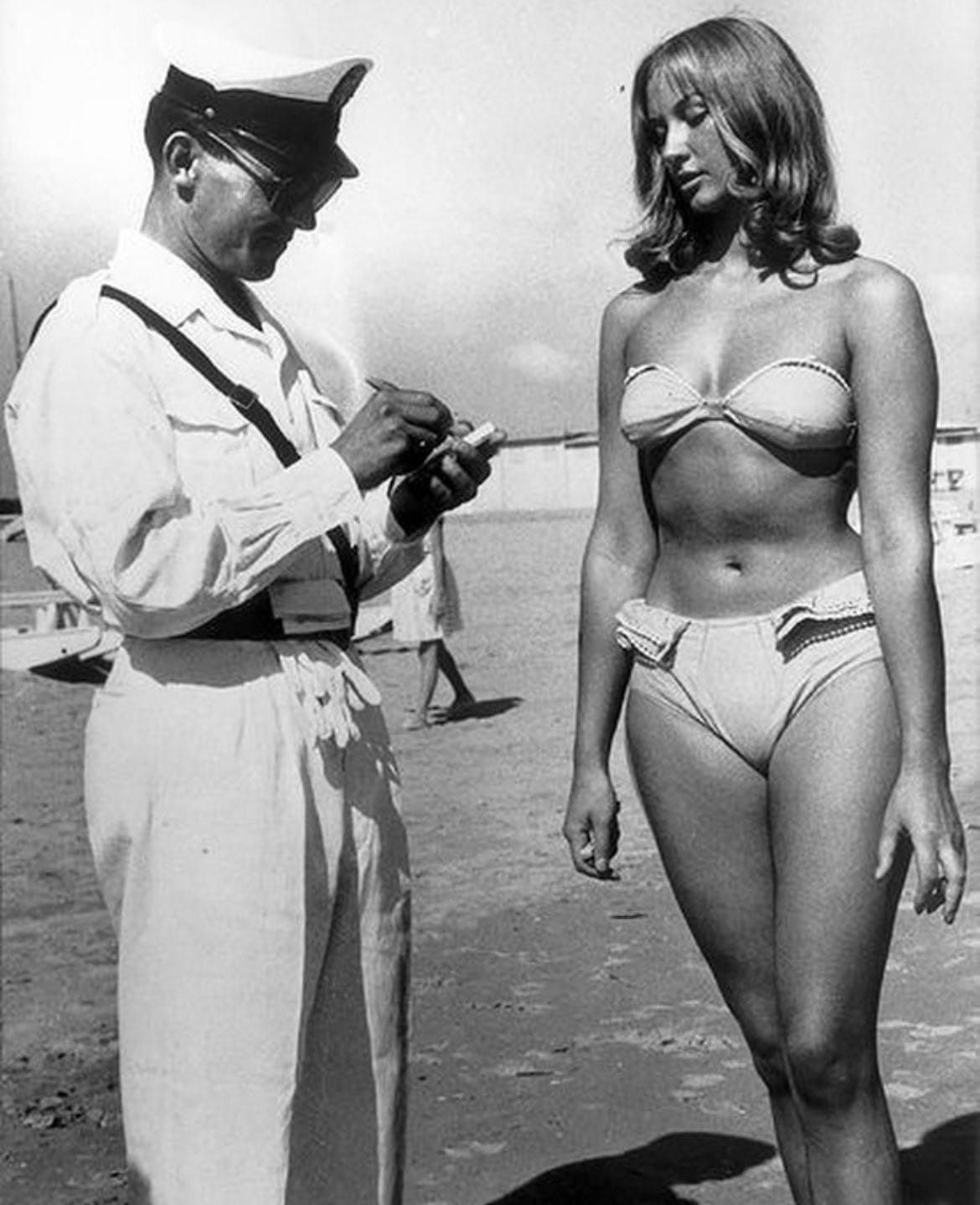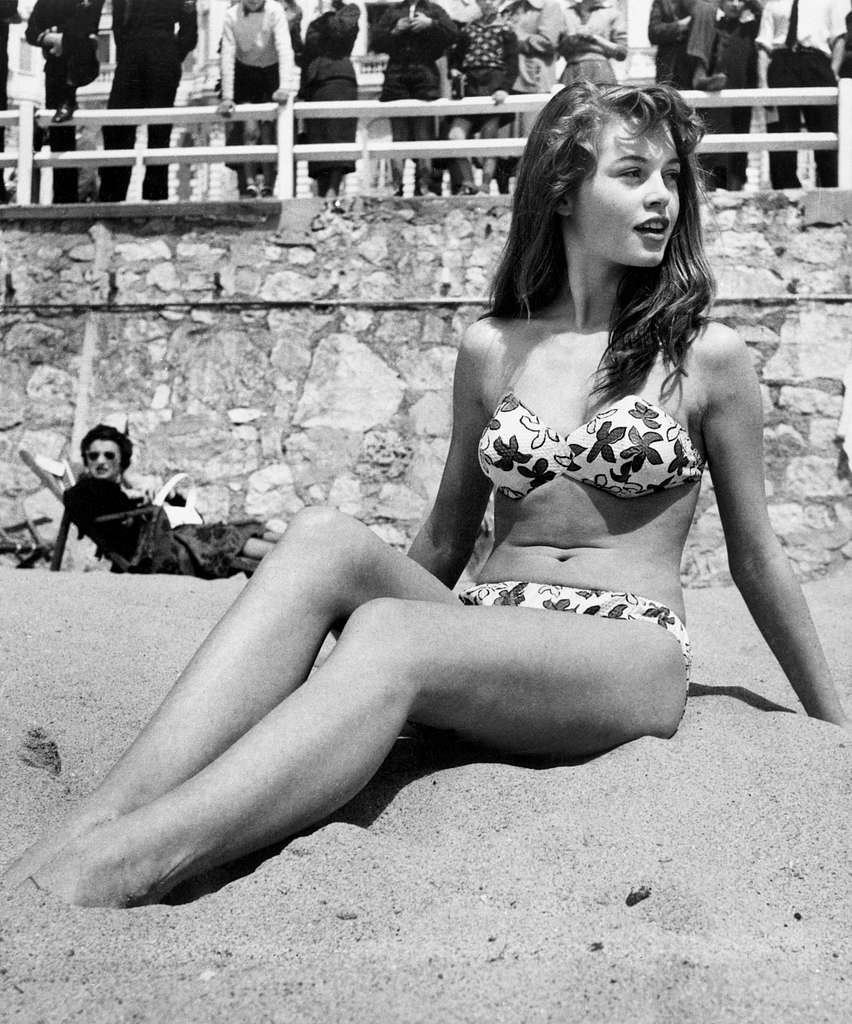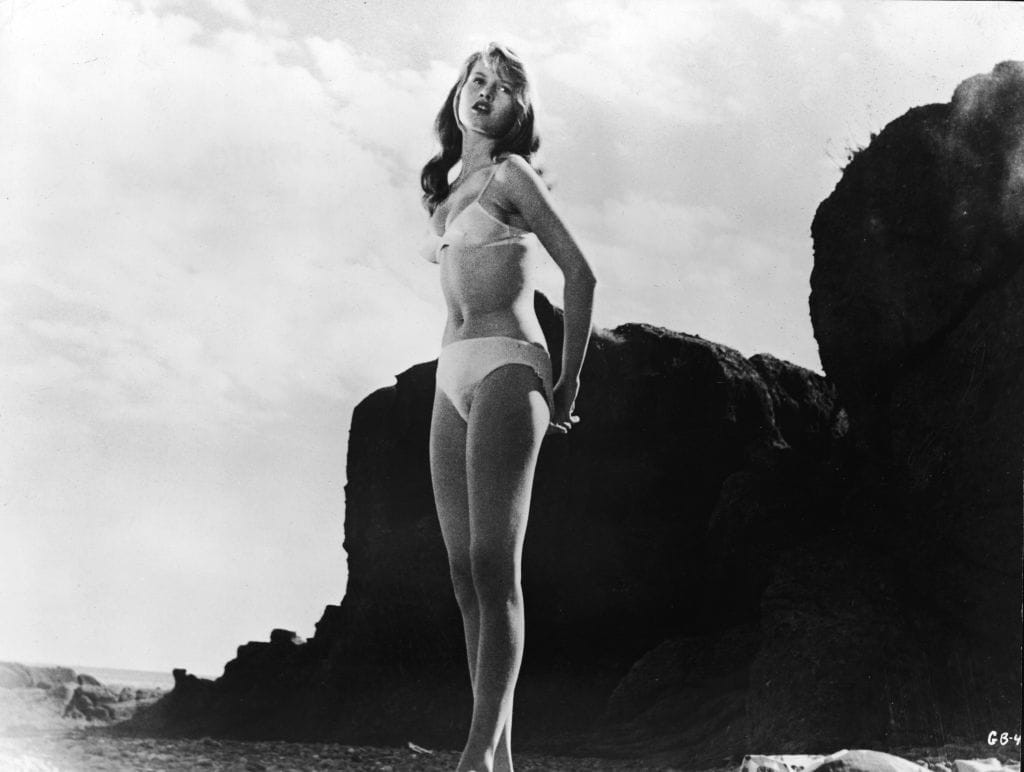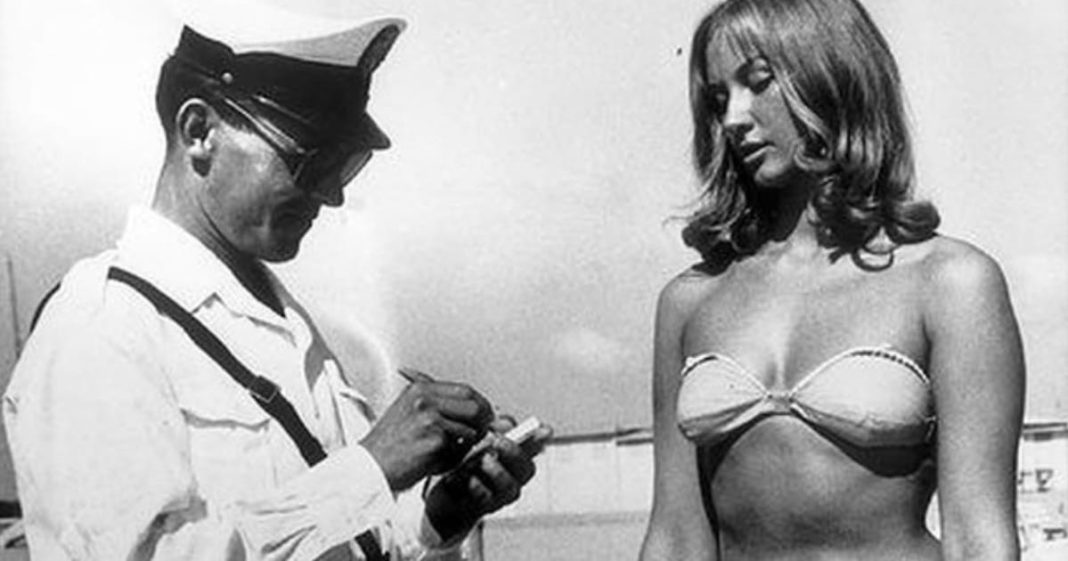The Cultural Evolution of the Bikini: From Scandal to Empowerment
While it may appear to be a small piece of clothing within the expansive realm of swimwear, the bikini carries a profound and intricate history that reflects changing societal norms and values. Once regarded as a garment that incited outrage and moral debates, the bikini has transformed into a potent symbol of individual empowerment and body positivity. This article delves into the fascinating evolution of the bikini, charting its journey from an object of controversy to a celebration of self-expression and freedom.

The Early Restrictions of Swimwear
At the dawn of the 20th century, swimwear was largely interpreted through the lens of modesty rather than style or comfort. Swim attire consisted of heavy woolen suits that restricted movement and covered the body from neck to knee. In many American coastal cities, regulations enforced strict dress codes on public beaches, with some authorities resorting to using measuring tapes to ensure compliance. Deviations from these codes could lead to public outcries, fines, or even arrest. The mere sight of a woman’s knee was enough to spark outrage, illustrating the deep-seated societal norms regarding decency. This culture of restraint not only limited women’s physical freedom but also reflected broader issues of control and surveillance over women’s bodies.

Annette Kellerman: A Pioneer of Change
The landscape of swimwear began to shift dramatically when Australian swimmer and silent film actress Annette Kellerman took a bold step in 1907. Defying the norms of her time, she donned a one-piece swimsuit that showcased her arms, neck, and legs. This act of rebellion against conventional swimwear was met with resistance; reports suggest that she faced arrest for indecency, although official documentation remains ambiguous. Regardless, Kellerman’s audacity catalyzed a movement towards more functional and liberating swimwear. Her unique design eventually gained traction and was marketed as “Annette Kellermans,” marking a pivotal moment in swimwear history that emphasized body freedom over strict modesty. Kellerman’s defiance was not just about swimwear; it inspired women to embrace their physicality in a world that sought to restrict it.

The Flapper Movement and the Evolution of Swimwear
As the roaring twenties approached, the flapper movement symbolized a seismic shift in gender norms and personal freedoms. The women of this era, particularly in coastal California, began to embrace more form-fitting swimsuits that allowed them to swim freely without being burdened by overly conservative attire. Known as the “skirts be hanged girls,” these women challenged the prevailing modesty standards, opting for shorter hemlines and tighter fits that facilitated movement while reclaiming their autonomy over their bodies. Though these early swimsuits were still reserved by today’s standards, they represented significant progress in the fight for women’s liberation. The flapper movement’s influence on swimwear underscored a broader cultural shift that questioned and dismantled the restrictive norms of earlier generations.
The Advent of the Bikini: A Revolutionary Moment
The real turning point in the bikini’s history emerged in 1946 when French engineer Louis Réard introduced the two-piece swimsuit that left the navel exposed. Named after Bikini Atoll—infamous for nuclear testing—Réard sought to create a design that would make an explosive impact on societal attitudes towards swimwear. His invention met with immediate backlash; bikinis were banned on numerous French beaches, and the conservative response in the United States mirrored this sentiment. Countries such as Germany prohibited bikinis in public pools until the 1970s, while even the Pope condemned the garment as “sinful.” This backlash underscored the bikini’s transformation from a mere clothing article to a symbol of rebellion and defiance. It became emblematic of the post-war era’s shifting attitudes, where the constraints of the past began to crumble in light of women’s liberation movements.
The Influence of Cinema in Normalizing the Bikini
The 1960s marked a crucial phase in the bikini’s acceptance, significantly influenced by Hollywood’s glamorization of the garment. Iconic performances by actresses such as Brigitte Bardot in *The Girl in the Bikini* and Ursula Andress in *Dr. No* redefined the bikini from a scandalous outfit to a symbol of sensuality, strength, and femininity. Bardot’s portrayal of the bikini in cinema showcased it as an emblem of female empowerment, transforming it into a fashion statement that embraced a liberated identity. Meanwhile, Andress’s unforgettable entrance in a white bikini established a new archetype of femininity that was unapologetically powerful and alluring. These actresses didn’t just wear bikinis; they exuded a confidence that resonated with women everywhere, inspiring them to embrace their bodies and challenge societal norms.
The Modern Bikini: A Symbol of Body Positivity and Self-Expression
Today, the bikini has shed its controversial past, evolving into a versatile garment that celebrates body positivity and individual expression. The range of styles from string bikinis to full-coverage swimwear reflects a cultural shift towards inclusivity and self-acceptance. Diverse marketing campaigns and the emergence of inclusive sizing have empowered individuals across various shapes, sizes, and identities to embrace their bodies confidently. The narrative has shifted from what once led women to arrests now promoting modeling contracts and a sense of belonging in the fashion world. Figures like Lauren Wasser, an amputee model, proudly showcase their bodies in bikinis, helping to redefine societal standards of beauty. Additionally, social media platforms amplify this shift by providing a space for all body types to be celebrated, further normalizing the bikini as a universal symbol of confidence.
Conclusion: The Bikini as a Cultural Marker
In conclusion, the bikini’s legacy is a testament to the ongoing struggle for gender equality, bodily autonomy, and personal freedom. What was once condemned is now a powerful symbol of liberation and self-expression. As we continue to embrace diverse representations of beauty and self-expression, the bikini stands as a reminder that clothing is not merely fabric; it is a narrative of resilience and triumph over societal constraints. The next time you encounter a bikini, remember: it is not just a piece of swimwear—it is a victory in the battle for personal freedom and body positivity. The garment’s journey mirrors the broader fight for women’s rights and the redefinition of beauty standards—an evolution that continues to inspire future generations.
















